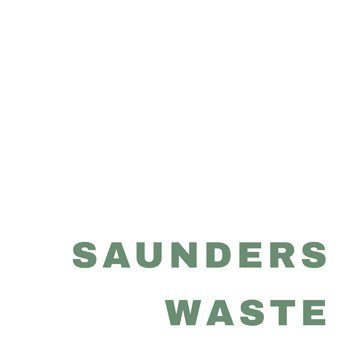A guide to skip bins will explain that it is an essential aspect of maintaining a clean and healthy environment. Skip bins are a popular choice for efficiently disposing of various types of waste. In this blog, we’ll explore three different types of waste that can be put in a skip bin: household waste, construction & demolition waste, and green waste. We’ll also discuss what types of waste cannot be disposed of in a skip bin.
Household Waste
Firstly, household waste is the most common type of waste that can be placed in a skip bin. This category includes everyday items like furniture, appliances, old toys, clothes, and general rubbish. Skip bins make it easy to get rid of clutter when you’re renovating, moving, or simply decluttering your home.
Here are some examples of household waste suitable for skip bins:
Old furniture
Broken appliances
Unwanted clothing
General trash and debris
Garden waste (in small quantities)
Construction & Demolition Waste
Secondly, skip bins are indispensable for construction and demolition projects. These activities generate a significant amount of debris, which can be hazardous if not disposed of properly. Skip bins help keep worksites clean and safe by providing a centralized location for waste disposal.
Construction & demolition waste that can be placed in skip bins includes:
Concrete, bricks, and rubble
Wood and timber
Plasterboard
Metal and piping
Roofing materials
By using a skip bin, you can ensure that construction waste is appropriately managed and can be recycled or disposed of in an eco-friendly manner.
Green Waste
Thirdly, green waste refers to organic materials from your garden, such as grass clippings, branches, leaves, and garden trimmings. Proper disposal of green waste is crucial for maintaining a healthy garden and preventing environmental harm. Skip bins can be an eco-friendly solution for managing green waste.
Items suitable for green waste disposal in skip bins include:
Lawn clippings
Tree branches
Leaves and garden trimmings
Weeds and plants
Properly managing green waste not only keeps your garden in top shape but also supports recycling efforts to create compost or mulch.
Waste That Cannot Be Disposed of in a Skip Bin
Lastly, while skip bins are versatile and accommodating for many types of waste, some materials cannot be disposed of in a skip bin. It’s important to be aware of these limitations to avoid legal and environmental complications.
Waste that should not be placed in a skip bin includes:
Hazardous materials like chemicals, asbestos, and explosives
Paint and solvents
Batteries and electronic waste (e-waste)
Tires
Medical waste, including needles and pharmaceuticals
Food waste (it can attract pests and produce odors)
To dispose of hazardous materials or items not suited for skip bins, contact your local waste management facility or recycling center. They will provide guidance on proper disposal methods and may even offer collection services for specific materials.
In conclusion, A Guide to Skip Bins explains the practical solutions for managing a wide range of waste types, from household clutter to construction debris and garden waste. Proper waste disposal is essential for preserving our environment and ensuring the health and safety of our communities. However, it’s crucial to be aware of the types of waste that cannot be placed in a skip bin and to follow local regulations for responsible waste management. By doing so, you contribute to a cleaner and more sustainable world.
Read our two latest blogs below!
Tricks for Moving House – 5 easy tips
Mini Skip Bin Hire: Benefits and Efficiencies
Follow us on our socials below.
Subscribe to our Youtube Channel here!



